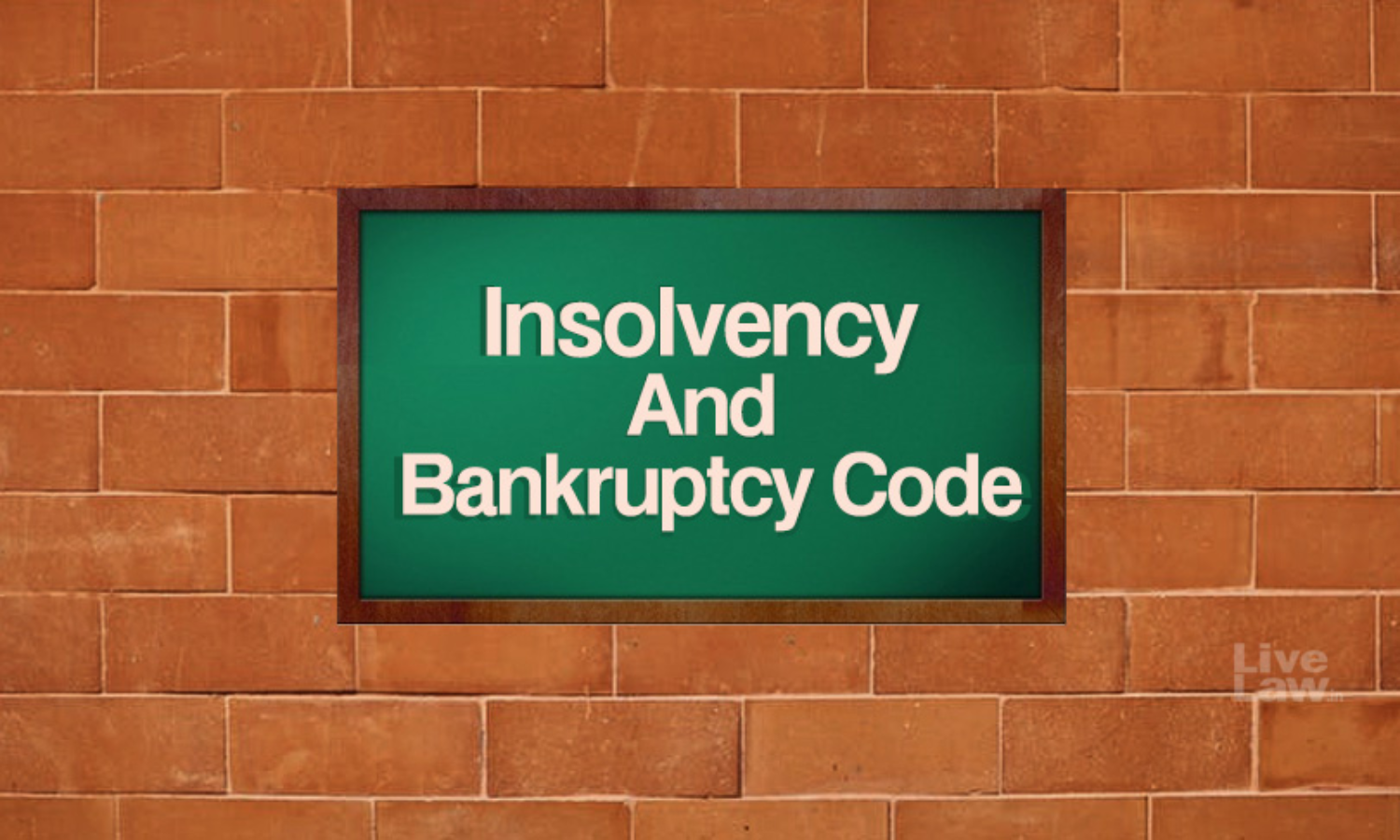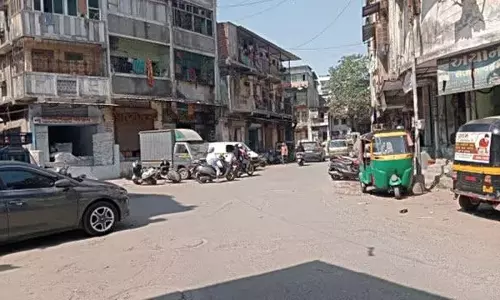IBC Amendment Ordinance 2020 : Ambiguities Leave More Questions Than Answers
The amendment gives rise to certain ambiguities as to the practical application;

In view of the COVID-19 pandemic having impacted businesses, financial markets and the economy, thereby creating uncertainty and stress for businesses for reasons beyond their control, the President of India promulgated on 5th June, 2020 an Ordinance to further amend the Insolvency and Bankruptcy Code,2016. The Ordinance, titled Insolvency and Bankruptcy Code (Amendment)...
In view of the COVID-19 pandemic having impacted businesses, financial markets and the economy, thereby creating uncertainty and stress for businesses for reasons beyond their control, the President of India promulgated on 5th June, 2020 an Ordinance to further amend the Insolvency and Bankruptcy Code,2016.
The Ordinance, titled Insolvency and Bankruptcy Code (Amendment) Ordinance, 2020, inserts Section 10A which selectively suspends the applicability Section 7, 9 and 10 of the Code to extend protection to corporate persons experiencing distress on account of the unprecedented situation, from being pushed into insolvency proceedings under the Code for some time. The Section 10A, along with its proviso and explanation reads as under :-
"10A. Notwithstanding anything contained in sections 7,9 and 10, no application for initiation of corporate insolvency resolution process of a corporate debtor shall be filed, for any default arising on or after 25th March, 2020 for a period of six months or such further period, not exceeding one year from such date, as may be notified in this behalf:
Provided that no application shall ever be filed for initiation of corporate insolvency resolution process of a corporate debtor for the said default occurring during the said period.
Explanation – For the removal of doubts, it is hereby clarified that the provisions of this section shall not apply to any default committed under the said sections before 25th March 2020."
Salient features
The salient features of the newly inserted Section 10A are as following :-
- No Application for 'initiation of CIRP' shall be filed for any default arising on or after 25th March 2020 for a period of 6 months or such further period not exceeding 1 year.
- No Application shall ever be filed for initiation of CIRP for defaults occurring during the said period.
- No suspension of Sections 7, 9 and 10 'before' March 25, 2020.
The purpose of the amendment appears not only to protect such corporate persons from the rigours of IBC, due to defaults occurring after 25th March 2020, but also to protect the object and scope of the Code inasmuch as the Ordinance takes into account the practical difficulty of finding resolution applicants to rescue such corporate persons who may default in discharge of their debt obligations.
However, the insertion of Section 10A gives rise to certain ambiguities as to the practical application of the provisions as Section 10A specifically prohibits the "filing" of any Application to initiate the CIRP, whereas it would befall upon the Adjudicating Authority/NCLT ("AA") to determine whether the occurrence of the default happened before or after 25th March 2020 and the onus of proving the same would lie upon the Corporate Debtor only when an Application in this regard is filed and comes up for adjudication before the AA. As filing of any application cannot practically be barred, in our view, the amendment should have prohibited admission of any such application which would have been filed for any default occurring during a specific period.
Applicability – prospective or retrospective, and perpetual?
An important question that arises from the ambiguity of Section 10A is that what date will be considered to be as the "date" from which the period of 6 months is to be counted from as the language of the provision reads "…. for any default arising on or after 25th March, 2020 for a period of six months or such further period, not exceeding one year from such date, as may be notified in this behalf". It would be interesting to see how the AA or eventually the courts interpret the 6 month period, as the ambiguity and actions taken pursuant to would again inundate the AA with parties seeking or trying to prevent the use of the protection.
Furthermore, the Ordinance by way of a proviso specifies that no Application shall "ever" be filed for initiation of CIRP against a corporate debtor for the said default occurring during the said period (6 months or extendable up to 1 year). However, the question that arises herein is whether, even after the expiry of the said period - if the default remains to be a continuing one - a creditor will be precluded from filing an application seeking initiation of CIRP regardless of the Corporate Debtor having recovered financially, for the reason that the default occurred after 25th March 2020, and whether such Corporate Debtor should continue to enjoy the Ordinance's protection.
The premise of the amendment is to provide relief from the stress arising because of the pandemic. But, the language rather creates a confusion as to when the six-month period (or further) would begin, i.e., from March 25 2020 or the date when the default occurs. Given that various benches of AA may interpret "such date" on a case to case basis, a uniform applicability is doubtful and would have to be addressed by the higher judiciary.
The Ordinance also fails to provide any clarity as to the meaning and bifurcation of the amount of default in view of the earlier Notification by way of which the amount of default under Section 4 was increased from Rs. 1 Lakh to Rs. 1 Crore considering that a part of the default amount may have occurred before 25th March 2020 and a part of the default occurring after the said date. The question that arises herein is that if a majority amount of the default occurred before 25th March 2020 and the residual part of Rs. 1 Crore default occurs after 25th March or vice-versa, then would such a default be protected under the provisions of this Ordinance or shall be treated beyond the ambit of Section 10A thereby allowing such Creditor to file an Application for seeking to initiate CIRP against such Corporate Debtor. [Eg. Rs. 65 Lakhs default occurred in February 2020 and Rs. 35 Lakh default occurred on 01.04.2020]
Another aspect that may give rise to a major question regarding the triggering of CIRP post the 6 month period (extendable upto 1 year) as specified in Section 10A is that in case a default occurs during the period specified therein and remains protected under the provisions of the ordinance, however, after the expiration of the specified period, the Corporate Debtor commits another default against the same creditor but that default alone does not meet the threshold under Section 4. Will the default occurring in the COVID period be coupled with the default occurring thereafter? Will such a creditor be able to file an application to initiate CIRP against such CD?
It is also noteworthy that the effect of the present Ordinance would also extend to all such Companies who had given Corporate Guarantees before the earmarked date of 25th March 2020 but upon invocation after the said date, have failed to perform their obligations towards such Corporate Guarantees and therefore, would enjoy the protection of Section 10A in that regard.
Resolution Plans
The preamble to the Ordinance also acknowledges the likely difficulties in procuring adequate number of resolution applicants to rescue the corporate debtors. Nevertheless, existing resolution applicants have not been any less averse to the effects of the lockdown. It would be interesting to see how many resolution applicants approach AAs seeking a downward revision of their existing resolution plans which are already pending approval. More so, there may be applications by Resolution applicants in seeking relief in the implementation of approved plans which may now not be viable.
Insertion of Sub-section (3) of Section 66 – Encouragement to Wilful Defaulters?
The Ordinance also inserts sub-section (3) to Section 66 of the principal Act thereby prohibiting the Resolution Professional from filing an application under Section 66(2) of the Code. The provision of sub-section (3) under Section 66 reads as under :-
"(3) Notwithstanding anything contained in this section, no application shall be filed by a resolution professional under sub-section (2), in respect of such default against which initiation of corporate insolvency resolution process is suspended as per section 10A."
The language of sub-section (3) to Section 66 implies that there will be a prohibition on the resolution professional to file an application under Section 66(2). Section 66 of the Code deals with Fraudulent trading or wrongful trading, i.e., transactions which were committed to defraud the creditors of the corporate debtors, and to identify and hold liable such persons who were responsible for such fraudulent transactions.
Now, with the insertion of sub-section (3) to Section 66, does this give rise to a faulty provision providing undue protection to the Directors/Partners of a Corporate Debtor from being held liable even in future for any fraudulent transactions committed during the pandemic period? Does this imply that the Directors/Partners of a Corporate Debtor can engage in fraudulent transactions in the period of application of Section 10A causing defaults and yet enjoy the protection afforded to the Corporate Debtor under Section 10A; with the statutory protection extending even at a later stage, if such Corporate Debtor enters CIRP? The insertion of sub section (3) to Section 66 appears to run contrary to the purpose of Section 66 and seems to relegate a Resolution Professional from a custodian of the process to a mute bystander witnessing potential frauds. Or perhaps, a clarification is in order.
Conclusion
The Insolvency and Bankruptcy Code (Amendment) Ordinance, 2020 leaves more questions than answers, and embattled stakeholders may be compelled to walk on thin lines between protection, compliance and defaults.
The article has been authored by Mr. G.P. Madaan, Managing Partner – Madaan Law Offices and Mr. Aditya Madaan, Advocate both practicing at Delhi High Court and NCLT, Delhi.




